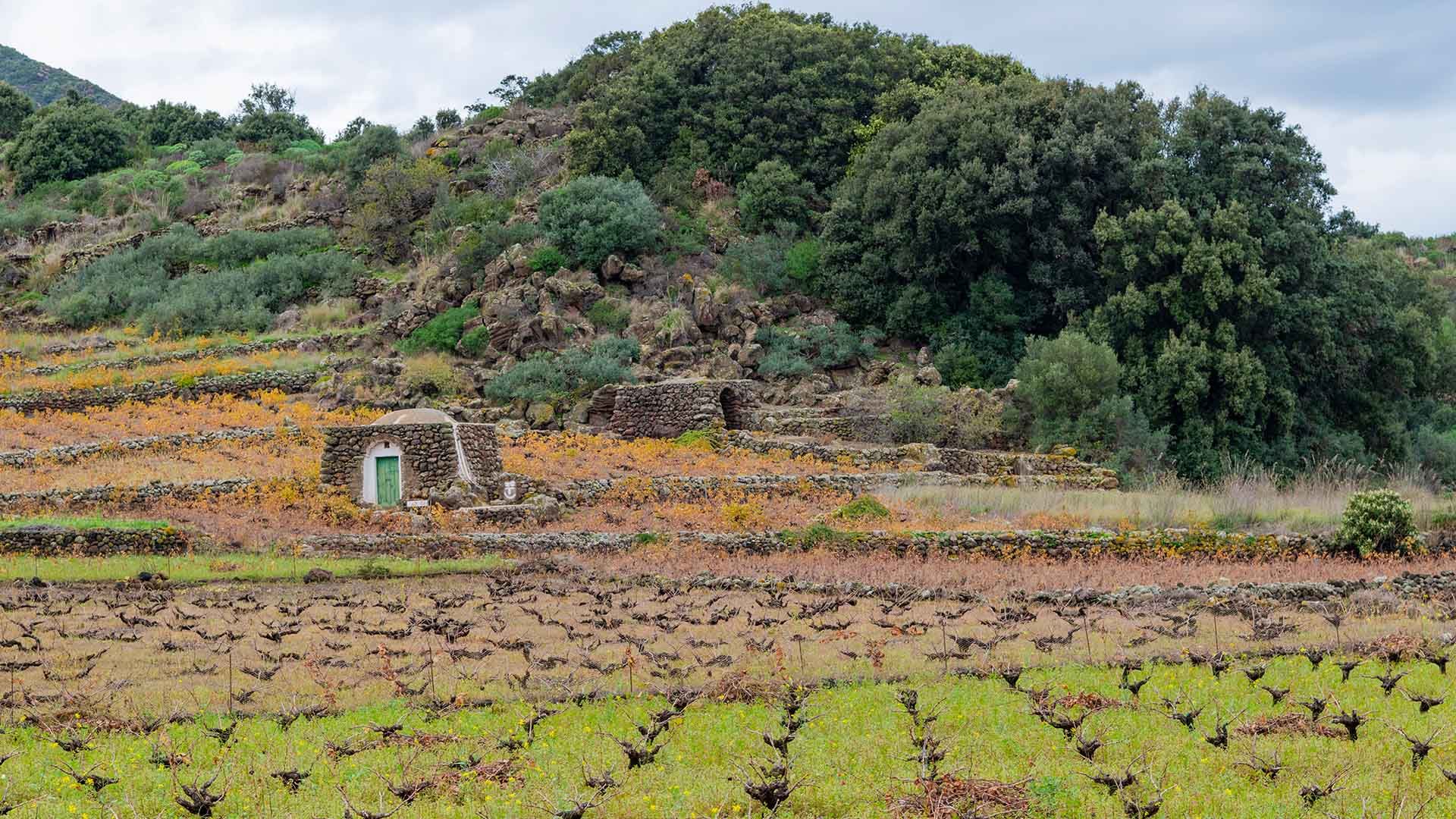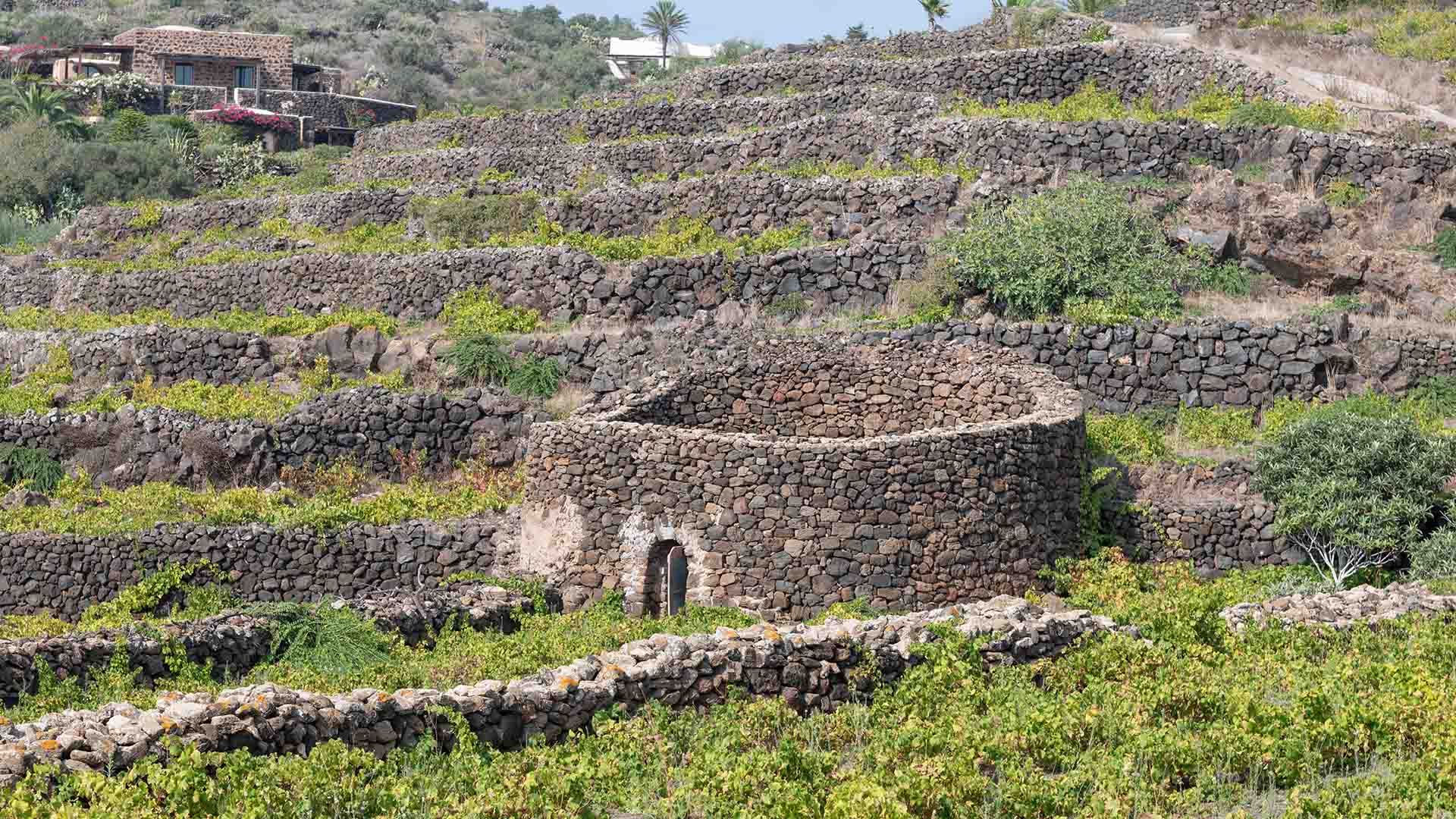Pantelleria has a rich past full of fascinating events, events that have shaped the island’s morphology, roots, and traditions. One of the most significant was the Arab settlement, which left marks still visible today in many aspects of the island: from the names of hamlets to agricultural methods, and even architecture.
The Spanish invasion also left its mark, evident in the surnames and some customs that are still present. Just look at a Pantescan face to recognize a captivating blend of Sicilian and North African features.
The island has always been a crossroads of cultures — a combination of differences reflected in its places, people, and habits. And this is precisely what makes it unique.

